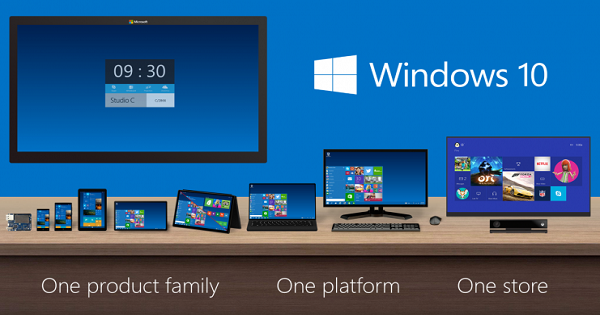Posted by : Unknown
Monday, 11 August 2014
When Meredith Perry,
25, started studying astrobiology at the University of Pennsylvania, her
career goal was to eventually find life on other planets. Instead, Ms.
Perry accidentally stumbled upon something even more exciting: the
ability to charge portable electronics, like cellphones and laptops,
wirelessly using ultrasound. To do this, Ms.
Perry created a technology that can take electricity, convert it into
sound and send that audio through the air over ultrasound. Then a
receiver attached to a portable electronic device catches the sound and
converts it back into electricity. The technology makes it possible for a device to move freely around a room, in a pocket or purse, while constantly charging.
Ms. Perry’s company, uBeam,
announced on Wednesday that it took an early prototype concept of this
technology, first developed for Ms. Perry’s college innovation
competition, and turned it into a fully functional prototype that the
company now plans to build for consumers.
“This is the only
wireless power system that allows you to be on your phone and moving
around a room freely while you’re device is charging,” Ms. Perry said in
an interview. “It allows for a Wi-Fi-like experience of charging; with
everything else you have to be in close range of a transmitter.”
The uBeam charging
stations will be thin, measuring no more than 5 millimeters thick. These
transmitters could be tacked to walls like wallpaper or made into
decorative art to beam electricity to devices. Smartphones and laptops
could then be equipped with thin receivers able to convert audio and
charge the devices. The technology could
also bring significant changes to how devices are designed: Gadgets that
work with uBeam could have thinner batteries and constantly receive
power. Battery technology has barely changed
over the last few decades, with device makers relying on incremental
improvements to battery power, in combination with more energy-efficient
electronics.
The uBeam products will be on store shelves within the next two years,
the company said. Ms. Perry said that the company planned to make two
different charging products at first. One will be built for smaller
rooms, like homes and offices, and the other, for much larger uBeam
chargers, will be industrial-size for stadiums, airports, hotels,
conference halls and music venues.The uBeam charging capabilities do
have some serious limitations, including the power transmitters’
inability to beam through walls. This means that unlike Wi-Fi hotspots,
where a single device can transmit Internet to an entire house or small
office, uBeam users would have to buy transmitters for each room. The company is filing 18 patents related to wireless charging
and ultrasound with the United States Patent and Trademark Office. It
is also in the process of closing a Series A round of financing, in
addition to an earlier $1.7 million seed round from Marissa Mayer,
Yahoo’s chief executive; Founders Fund; and Andreessen Horowitz.
“We’re
going to sell directly to consumers, and we’ll sell them to restaurant
chains and hotels — we are going to saturate the market with uBeam
transmitters,” Ms. Perry said. “In addition to your local coffee shop
saying it has free Wi-Fi, it will also say it has free uBeam.”
- Back to Home »
- mobile phones , news , smartphones , system , tablet , technology »
- Wireless Charging, at a Distance, Moves Forward For uBeam















